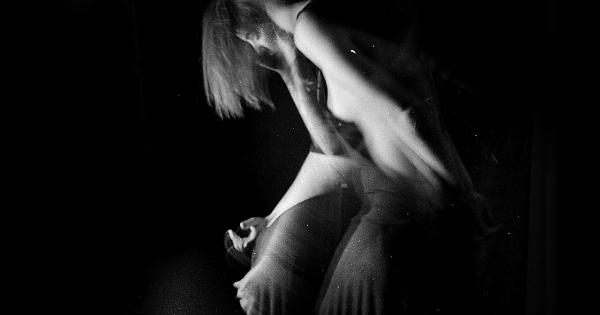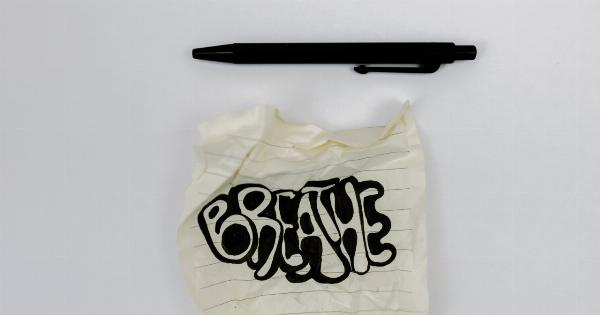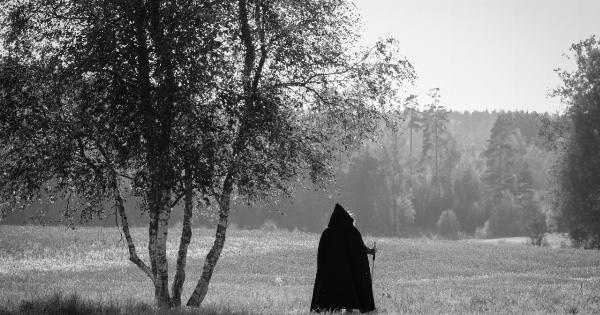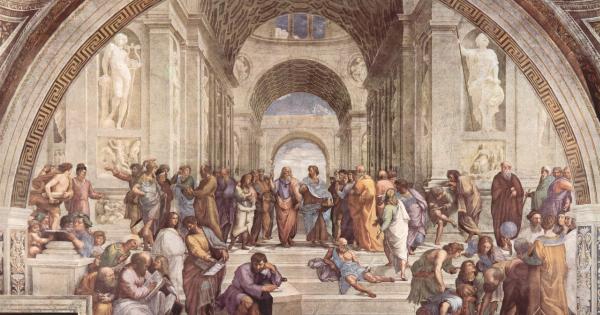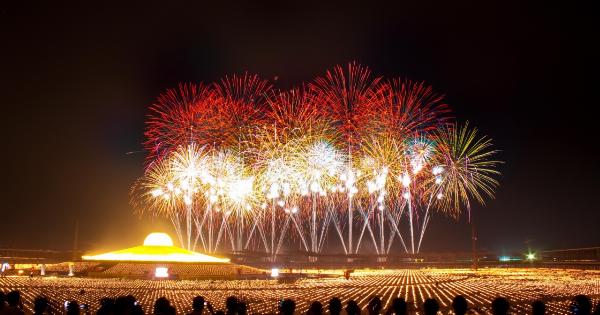Human sexuality has always been a subject of fascination, curiosity, and at times, controversy. Within the realm of erotic experiences, one particular concept that has garnered attention is the erotic triangle.
This enigmatic concept explores the dynamics of desire and attraction between three individuals, often leading to complex relationships and emotional entanglements.
The Three Sides of the Triangle
The erotic triangle revolves around the interaction between three individuals who share an intimate connection.
The first side of the triangle involves the individual who finds themselves torn between two others, experiencing desire and attraction for both. This person is often at the center of the emotional turmoil that ensues.
The second side of the triangle comprises the two individuals who attract and captivate the shared object of desire. These individuals may or may not be aware of their role in the triangle, making the situation all the more complicated.
The third side of the triangle represents the interaction and dynamics between the two individuals vying for the attention and affection of the central figure. This side of the triangle often involves competition, jealousy, and intense emotions.
Roots in Psychology
Psychologists have long been intrigued by the complexities of human desire, leading to various theories and models to explain the allure of the erotic triangle.
Sigmund Freud, the father of psychoanalysis, proposed that the human psyche consists of three components: the id, ego, and superego. According to Freud, the erotic triangle symbolizes the individual’s struggle between their primal desires and societal expectations.
Another influential psychologist, Carl Jung, delved into the concept of anima and animus, representing the feminine and masculine aspects within an individual’s psyche.
Jung believed that the erotic triangle typified the exploration and integration of both masculine and feminine energies, adding yet another layer of complexity to human eroticism.
The Allure of the Erotic Triangle
The erotic triangle holds a certain allure due to several psychological and emotional factors at play. One key aspect is the element of forbidden desire.
The individual at the center of the triangle finds themselves torn between two options, each offering a unique and enticing appeal. This element of the forbidden can intensify the desire and heighten the emotional stakes.
Furthermore, the erotic triangle can be seen as a manifestation of one’s internal conflicts and desires.
It represents the struggle between contrasting qualities or characteristics that an individual finds equally appealing, creating a sense of ambiguity and uncertainty.
The accompanying emotions of jealousy, possessiveness, and the fear of rejection are also powerful driving forces within the erotic triangle.
These emotions arise from the inherent competition between the two individuals vying for the affections of the central figure. The fear of losing someone to a rival can amplify desire and intensify the emotional rollercoaster.
Types of Erotic Triangles
Not all erotic triangles are created equal. Various configurations and dynamics can arise within the realms of desire and attraction. Here are a few common types:.
1. The Love Triangle
The love triangle is perhaps the most well-known form of the erotic triangle. It involves an individual torn between two potential romantic partners, often leading to indecisiveness, heartache, and emotional turmoil.
The love triangle embodies the complexities of choosing between passion and stability, and the internal struggle to identify true love.
2. The Power Triangle
In the power triangle, desire and attraction become entangled with power dynamics.
This type of triangle often occurs in workplace settings or within hierarchical structures where positions of authority blur the lines between professional and personal boundaries. The power triangle can involve manipulation, control, and the seduction of power.
3. The Manipulative Triangle
Unlike the power triangle, the manipulative triangle is centered around one individual’s deliberate manipulation of two others.
This configuration can be emotionally abusive and destructive, as the manipulative individual uses desire and attraction as tools to control and manipulate the emotions and actions of others.
Navigating the Complexity
The erotic triangle presents a complex web of emotions, desires, and interactions. However, there are ways to navigate this challenging territory:.
1. Self-Awareness and Reflection
Understanding your own desires, motivations, and emotions is crucial when navigating the erotic triangle. Reflecting on why you are drawn to certain individuals and what drives your desires can provide clarity and perspective.
2. Communication
Open and honest communication is essential in any relationship, but it becomes even more vital within the context of the erotic triangle.
Expressing your feelings, concerns, and boundaries can help all parties involved to better understand each other’s needs and desires.
3. Boundaries and Consent
Establishing clear boundaries and obtaining consent from all individuals involved is fundamental. This ensures that everyone’s feelings and well-being are respected and protected.
4. Seeking Professional Help
If the complexities of the erotic triangle become overwhelming, seeking the guidance of a therapist or counselor can be beneficial. A professional can provide valuable insights and support as you navigate the emotional labyrinth.
The Intriguing Enigma of Desire
The erotic triangle presents an enticing enigma within the rich tapestry of human sexuality. It delves into the complexities of attraction, desire, and the intricate interplay between three individuals.
While the erotic triangle may lead to emotional turbulence and complexity, understanding its dynamics can shed light on the intricacies of human desire and the mysteries of the human heart.


